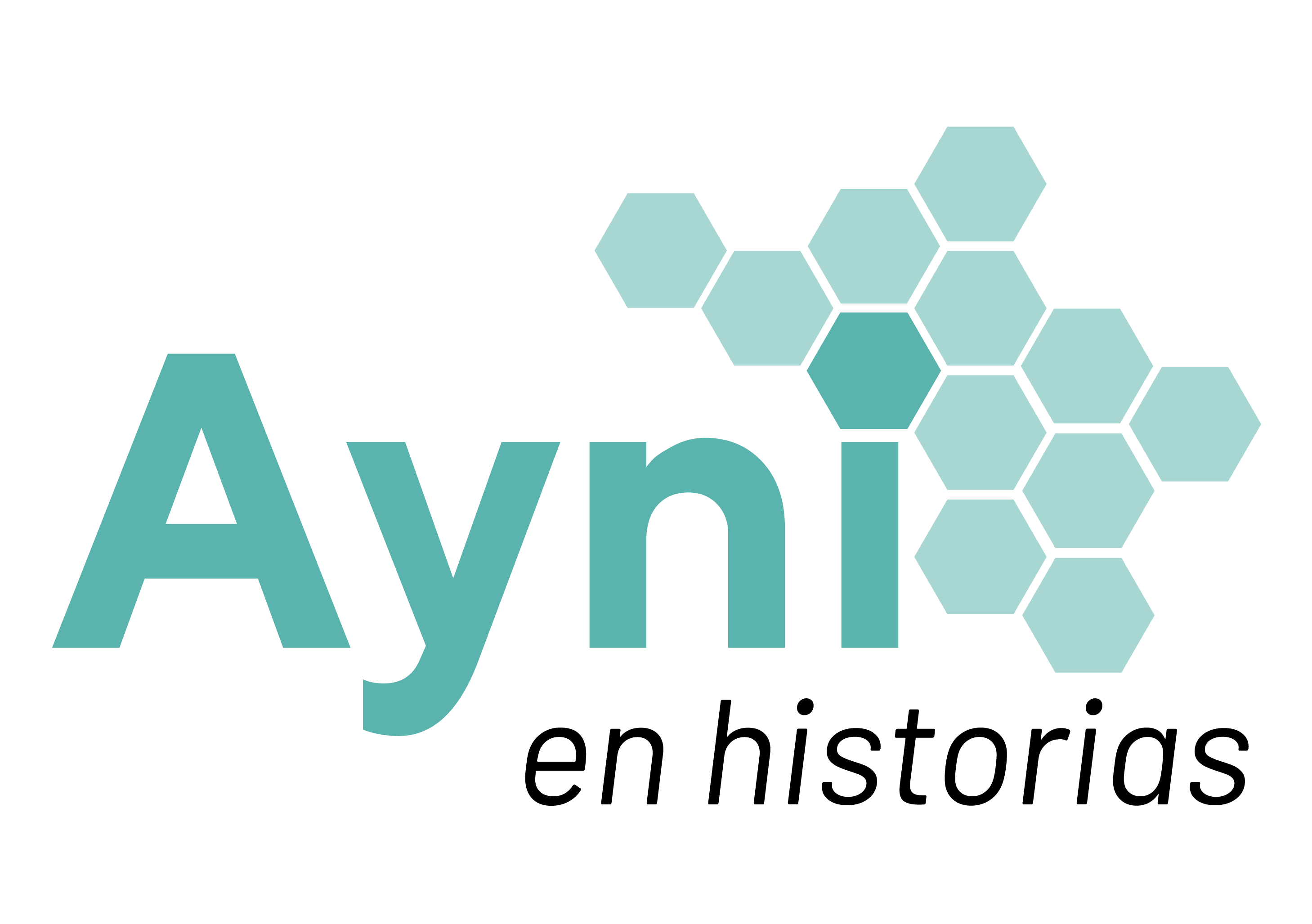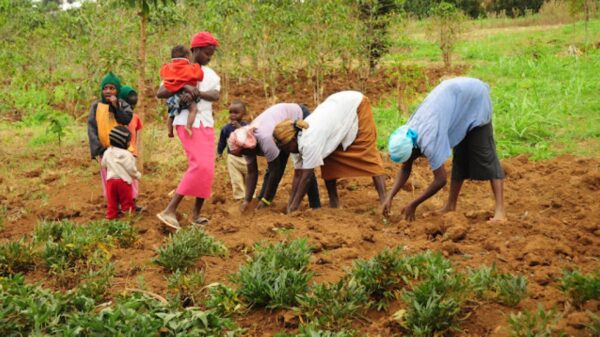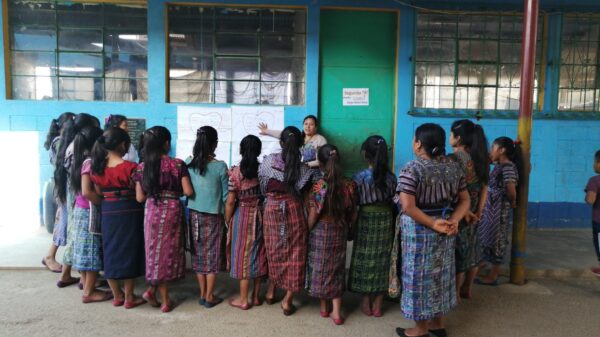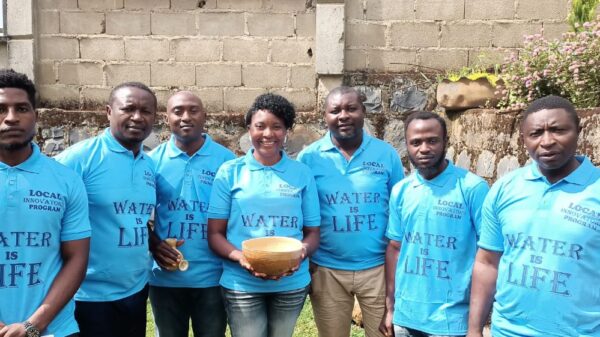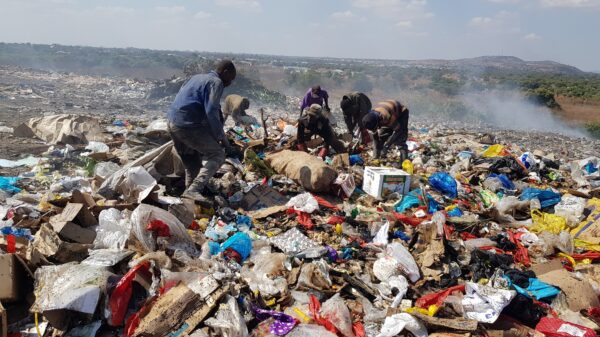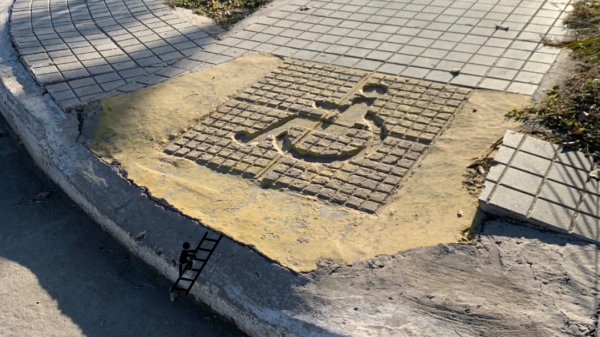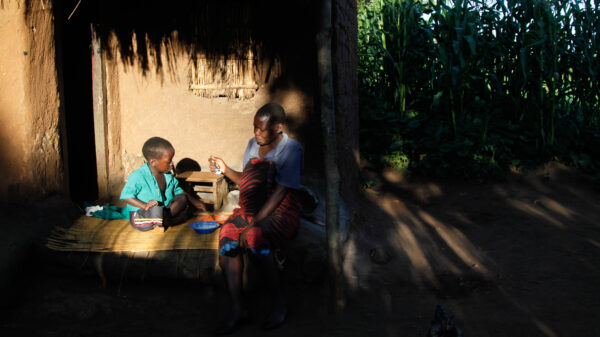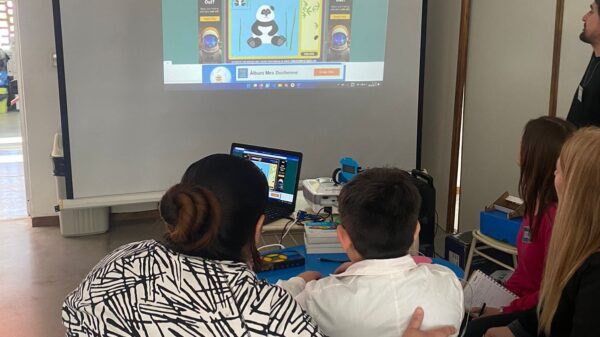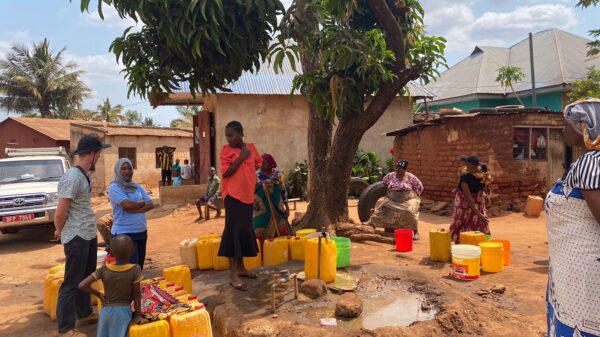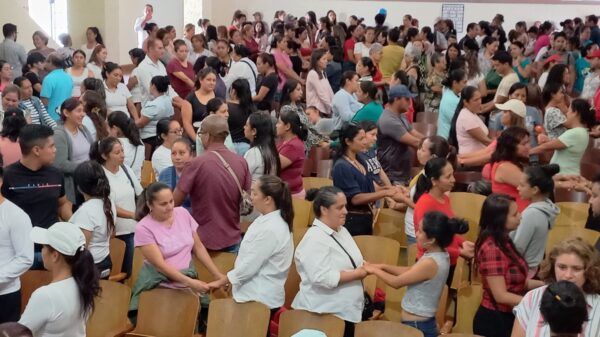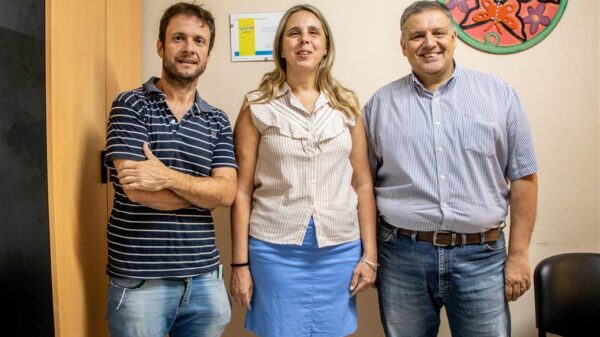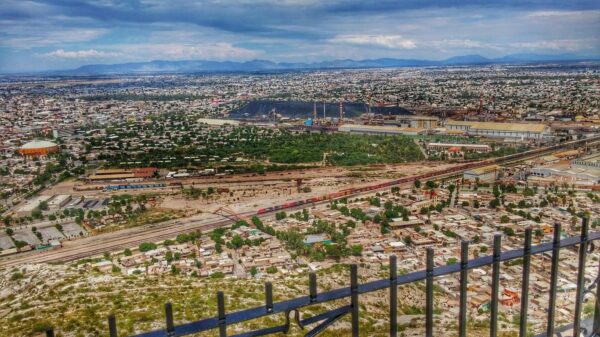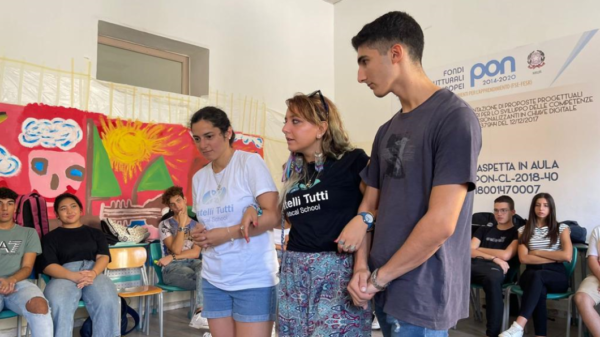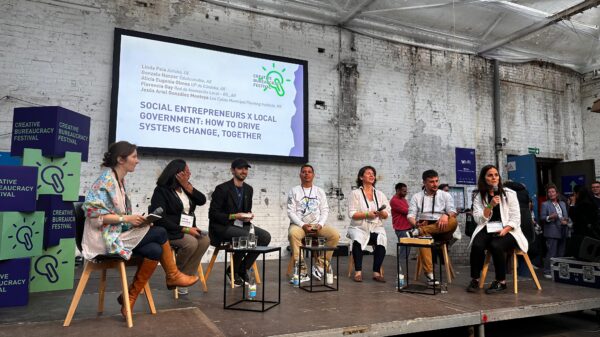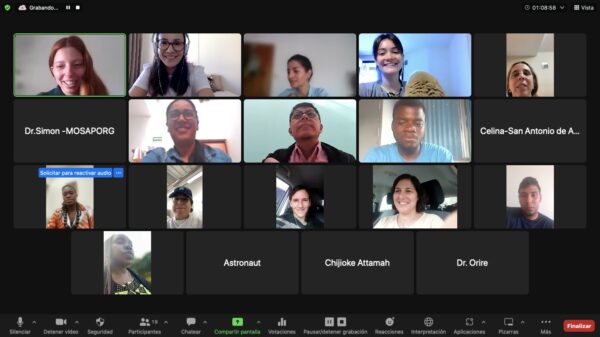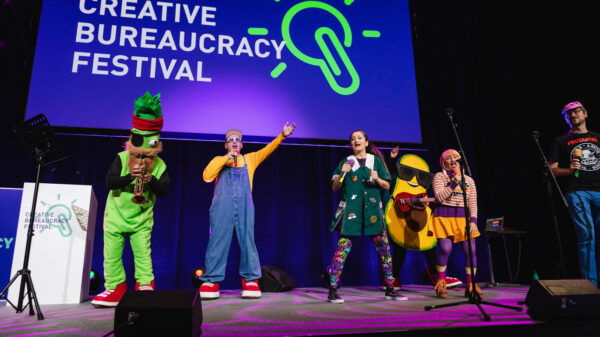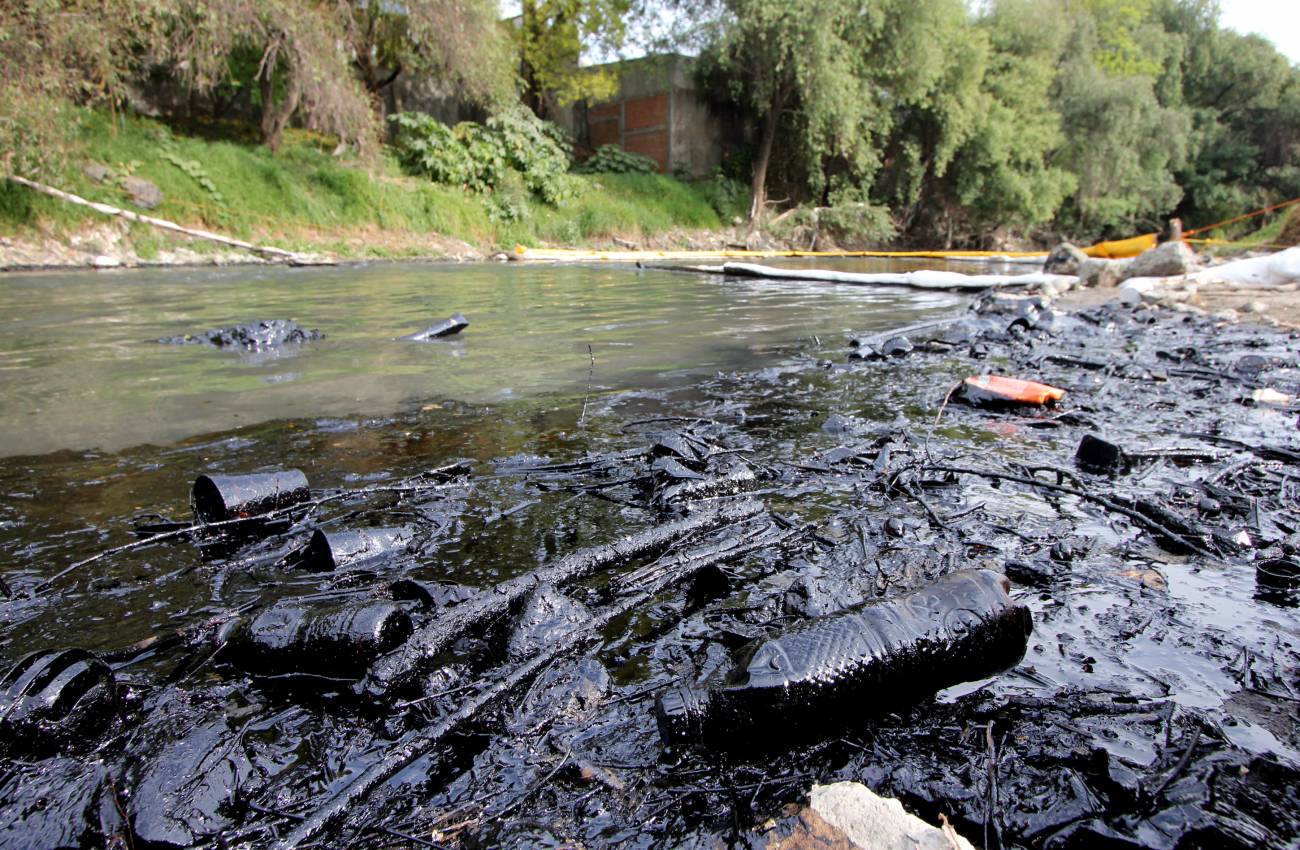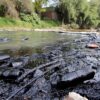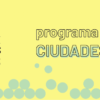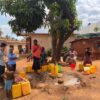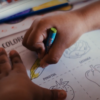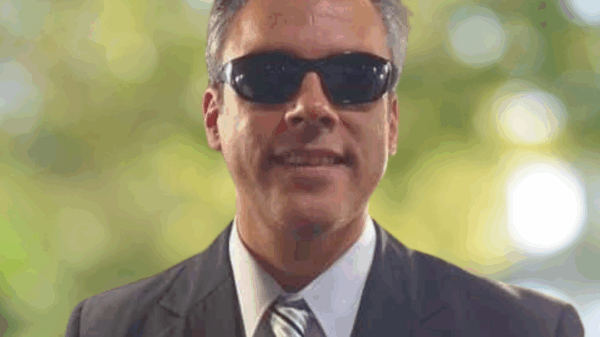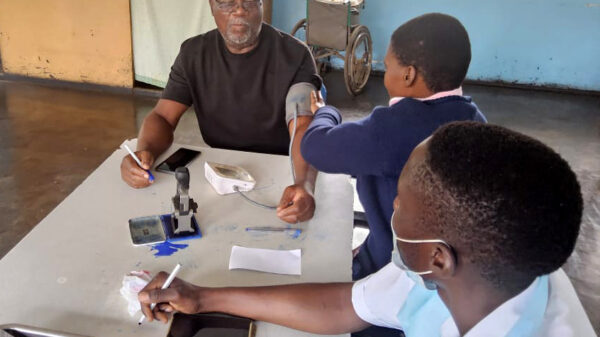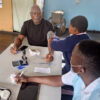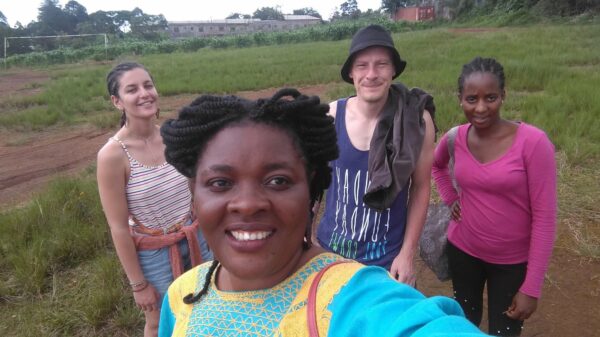Atoyac de Álvarez, a town in the State of Guerrero (Mexico), with a population of 65,000 inhabitants, faces a serious social problem: the contamination of the Atoyac River. The root cause, identified by the team participating in the 2023 Local Innovators Program (PIL), is poor solid waste management. This is related, according to their analysis, to the lack of infrastructure and the political will of the local government.
The situation has led to the Atoyac River seriously affecting the environment and the health of its inhabitants. The damage is evident in the water, which acquires a dark color and emits bad odors, which directly harms aquatic fauna, flora, and the quality of water for human consumption. Farmers, who depend on the river for their crops, are especially affected.
The team led by Arturo García Jiménez and Juana Guzmán Reyna assumed the responsibility of finding sustainable solutions for the management of solid waste in the municipal seat and main communities in the territory. Arturo is an agronomist, expert in organizational processes, and a social entrepreneur “passionate about finding innovative solutions to environmental problems.” Juana, for her part, is a high school teacher and municipal leader who seeks to “defend the environment and the well-being of her community.”
They also joined the PIL team Cristhoper Manríquez Ruiz, Alberto Nájera Guadarrama, Jose Antonio Vargas Reyes and Fernando Terrazas Sánchez Baños, local young people eager to collaborate and generate change.
Territorial validation
The team leaders met during their previous efforts to address Atoyac River pollution. Each of them had been working in their respective fields, but it was at a community forum on the environment where they crossed paths for the first time.
They discovered that they shared the same vision of regenerating the river and could find lasting solutions for solid waste management, which led them to participate in the PIL to address the problem in a comprehensive and effective way.
“It took us a long time to dream, but inspiration came very quickly”
– Arturo García Jiménez.
The Local Innovators Program proposes an instance where teams go out into the territory to learn more about the problem. Through various qualitative and quantitative methods they collect diverse information. During territorial validation, the teams connect directly with the community.
In the case of Atoyac, they held meetings with residents of different communities near the affected river, listening to their concerns and obtaining relevant data on local needs and priorities. They also conducted interviews with environmental experts and local authorities to gain a deeper insight into the situation.
During the validation, the team claims to have felt a mixture of frustration and hope. On the one hand, the community was eager to see real changes and concrete solutions to the problem. On the other hand, the team was motivated by seeing the support and unity of the community around the cause, which reinforced their determination to continue with their mission of finding effective solutions.
The importance of environmental education – they maintain – to raise awareness and empower the community in the search for sustainable solutions is fundamental.
The next change of municipal administration, which will occur in 2024, will be a challenge. Therefore, the team continues to prepare to face new challenges and continue its fight for the regeneration of the river.
Main image: Pollution of the Atoyac River. Source: SolJaguar.info.
